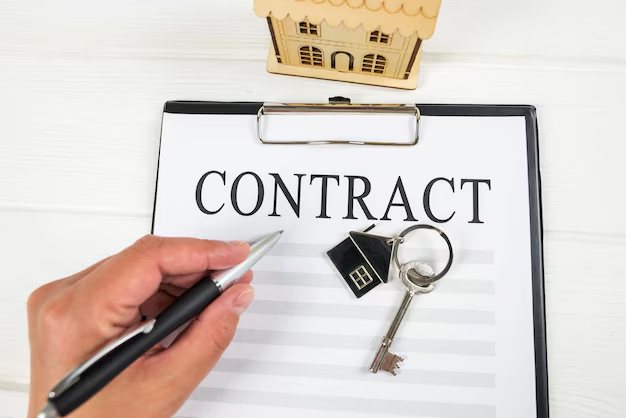Navigating the Maze: How to Exit Your Apartment Lease Gracefully
Facing the need to get out of an apartment lease can be an overwhelming situation. Whether it’s because of unexpected financial strains, a career relocation, or personal circumstances, the urge to break free from the binding terms of a lease agreement is understandable. However, navigating this transition requires tact and a bit of know-how. Here’s a comprehensive guide to help you leave your lease with minimal conflict and financial impact.
Evaluate Your Lease Agreement
The first step is to carefully review the lease agreement. Many lease contracts contain specific clauses about early termination. Look for a buyout clause, which often allows a tenant to terminate their lease early for a predefined fee. This option, while potentially costly upfront, can save you from ongoing monthly rent payments or damage to your credit score.
Communicate with Your Landlord
Once you understand your lease terms, it’s crucial to have an open and honest conversation with your landlord. Explain your situation and see if there is room for negotiation. Landlords may be more accommodating than expected, especially if you're a responsible tenant or can present them with a replacement renter. Offering to help find a new tenant can be a win-win solution and can often lead to a smoother transition out of your lease.
Subletting as a Potential Option
If your lease does not explicitly prohibit it, consider subleasing your apartment. Subletting allows you to transfer your rental responsibilities to another individual, subject to approval by your landlord. This not only relieves you of the rent burden but also maintains your lease agreement intact. Make sure to acquaint yourself with local laws and your responsibilities as the original leaseholder.
Financial Assistance Programs
If financial difficulties are the driving force behind your need to exit a lease, investigating government or private financial assistance options can provide immediate relief. Explore programs such as rental assistance offered on a local or state level, or specialized aid programs during economic hardships or natural disasters.
Credit Solutions and Debt Relief
Leaving a lease can sometimes incur financial penalties, which could impact your credit score. Credit counseling or debt management programs might offer guidance and help you maintain financial stability as you transition. Consider exploring credit card solutions that offer zero-interest balance transfers, allowing you to consolidate any termination fees into manageable payments.
Educational Grants and Continuing Education
Perhaps leaving your lease is part of a bigger life change, such as pursuing further education. In such cases, be sure to explore scholarships and educational grants. These can significantly alleviate financial burdens, making it easier to manage any costs associated with breaking your lease.
Alternatives to Breaking a Lease
- Negotiate Lease Terms: Discuss with your landlord the possibility of modifying your lease to fit your circumstances.
- Roommates: Look for roommates to share your rent load if you are allowed under the lease.
- Lease Transfer: Some landlords may allow you to transfer your lease to someone suitable.
Remember, each situation is unique, and it’s essential to carefully weigh the consequences and opportunities that come with each option.
🔑 Financial Assistance Programs:
- Emergency Rental Assistance: Check local and state offerings for emergency rent aid.
- Housing Choice Voucher Program (Section 8): Long-term government assistance for renters.
💳 Credit Solutions:
- Zero-Interest Credit Cards: Temporarily alleviate financial strain from lease break fees.
- Credit Counseling Services: Offer advice and strategies for financial management.
🎓 Educational Opportunities:
- Pell Grants: Federal funding for low-income students pursuing higher education.
- Community College Scholarships: Often available for adult learners returning to education.
